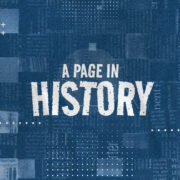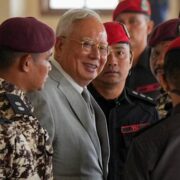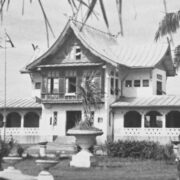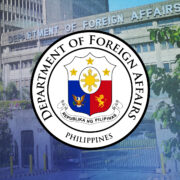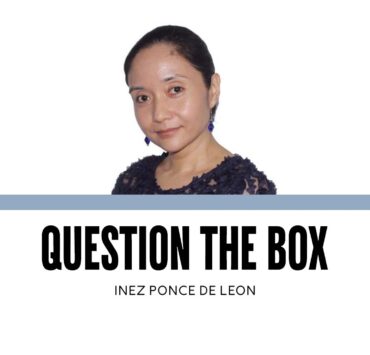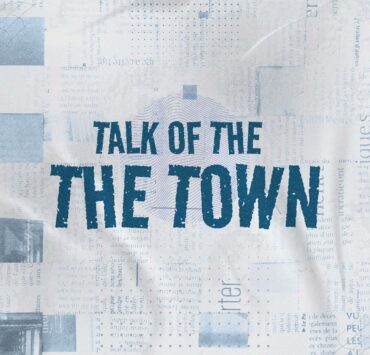The Quezon Papers

It is unfortunate that late president Manuel Luis Quezon has been reduced to a meme by schoolchildren who only remember him as the “Father of the National Language.” This meme is reinforced each year in August, when K-12 schools celebrate “Buwan ng Wika” (National Language Month). An older generation harks back to “Linggo ng Wika” (National Language Week) that fell on or around Aug. 19, Quezon’s birthday.
Quezon should be more than the name of a province or the name behind the former capital city of the Philippines. Filipinos grew up with Quezon in their wallets, an iconic face on banknotes since the Republic started issuing currency in 1951—and even earlier, in unofficial “Guerrilla Currency,” during the Japanese occupation. Quezon first appeared on the P200 banknote in 1951, and later migrated to the P20 banknote, staying for many years until he was demoted to the P20 coin in 2019. I miss the young Quezon on the orange P20 bill; the shiny two-tone coin doesn’t do him justice as “barya” or small change, even if P20 is the highest denomination coin in Philippine currency.
There is more to Quezon than being the first president of the Philippine Commonwealth. During the dark years of the Japanese occupation, Quezon remained a symbol of resistance and hope as Commonwealth President-in-exile in Washington. Our form of government was made in his image and likeness; he shaped a young nation born from Spanish and American colonial experience into his image and likeness. What our government is today, both good and bad, has its roots in Quezon, who once declared: “I would rather have a government run like hell by Filipinos than a government ruled like heaven by Americans.” Quezon got what he wished for, and that is partly our misfortune.
When I look back on my career, I have created a niche for myself in the life and works of Rizal, with basically the 25 volumes of his published writings. Much of what I write or lecture about should not be new, but then we have a national hero who wrote a lot for a nation that does not read him. I often tell people that historians often complain when they lack data, but they also complain when they have too much of it. When I first dipped into the papers Quezon willed to the National Library of the Philippines, I envied the scholars who have mountains of Quezon documentation compared with my molehill of primary sources for Rizal. In 1971, then NLP director Serafin D. Quiason estimated the Quezon Papers to be:
“about 180,008 items … that includes: the General Correspondence, 1909-1944 (20 boxes); Family Correspondence, 1918-1941 (31 boxes); correspondent’s file, 1910-1940 (14 boxes), and the Speeches, Articles, Statements, Reports, Interviews, Book file, 1908-1944 (26 boxes). In addition to these, there are the Subject File, 1907-1944 (110 boxes); the Duplicate File, 1910-1944 (10 boxes) and the General Miscellany, 1907-1944, classified and arranged chronologically, consisting of fragmentary notes, newspaper clippings, photographs, scrapbooks, addresses, invitations and so forth.”
What remains of the original Quezon Papers preserved at NLP has since deteriorated due to age and our humid climate. Many papers are now illegible due to fading ink or further decline of carbon copies of typewritten material. Some inks bleed on the reverse of documents, obscuring vital texts. Other inks are corrosive and burn through the brittle paper they are written on. Documents suffer from water damage, pests, and the most destructive of all—humans. A timely joint project between the University of Michigan Bentley Historical Library (BHL) and the NLP was completed in 1969, resulting in the reproduction of what was deemed most important of the archive onto 54 reels of microfilm.
With the decline of microfilm copies deposited at NLP and the University of the Philippines, some of the images are just as illegible as the degraded originals. I consulted the best microfilm copies at the BHL using their state-of-the-art readers that allow users to magnify hard-to-read texts or adjust brightness and contrast to enhance images prior to saving these on a thumb drive or sending them by email. Comparing a faded document from the Quezon Papers on the NLP website with an enhanced copy of the same from the BHL microfilm is like night and day.
After visiting the NLP in 2024 to see the physical state of the Quezon Papers, Alexis Antracoli, BHL director, had the Quezon Papers digitized and turned them over last month to NLP Director Cesar Gilbert Adriano on a 2TB drive. During the turnover, the two directors agreed to make the Quezon Papers publicly accessible on the BHL website. This initiative is doubly significant because the Quezon Papers were inscribed in the Unesco Memory of the World Register in 2011. One can only hope the Quezon Papers online will spur further research into Quezon to understand the nation he envisioned, and the nation we often fail to be.
Ambeth is a Public Historian whose research covers 19th century Philippines: its art, culture, and the people who figure in the birth of the nation. Professor and former Chair, Department of History, Ateneo de Manila University, he writes a widely-read editorial page column for the Philippine Daily Inquirer, and has published over 30 books—the most recent being: Martial Law: Looking Back 15 (Anvil, 2021) and Yaman: History and Heritage in Philippine Money (Bangko Sentral ng Pilipinas, 2021).


